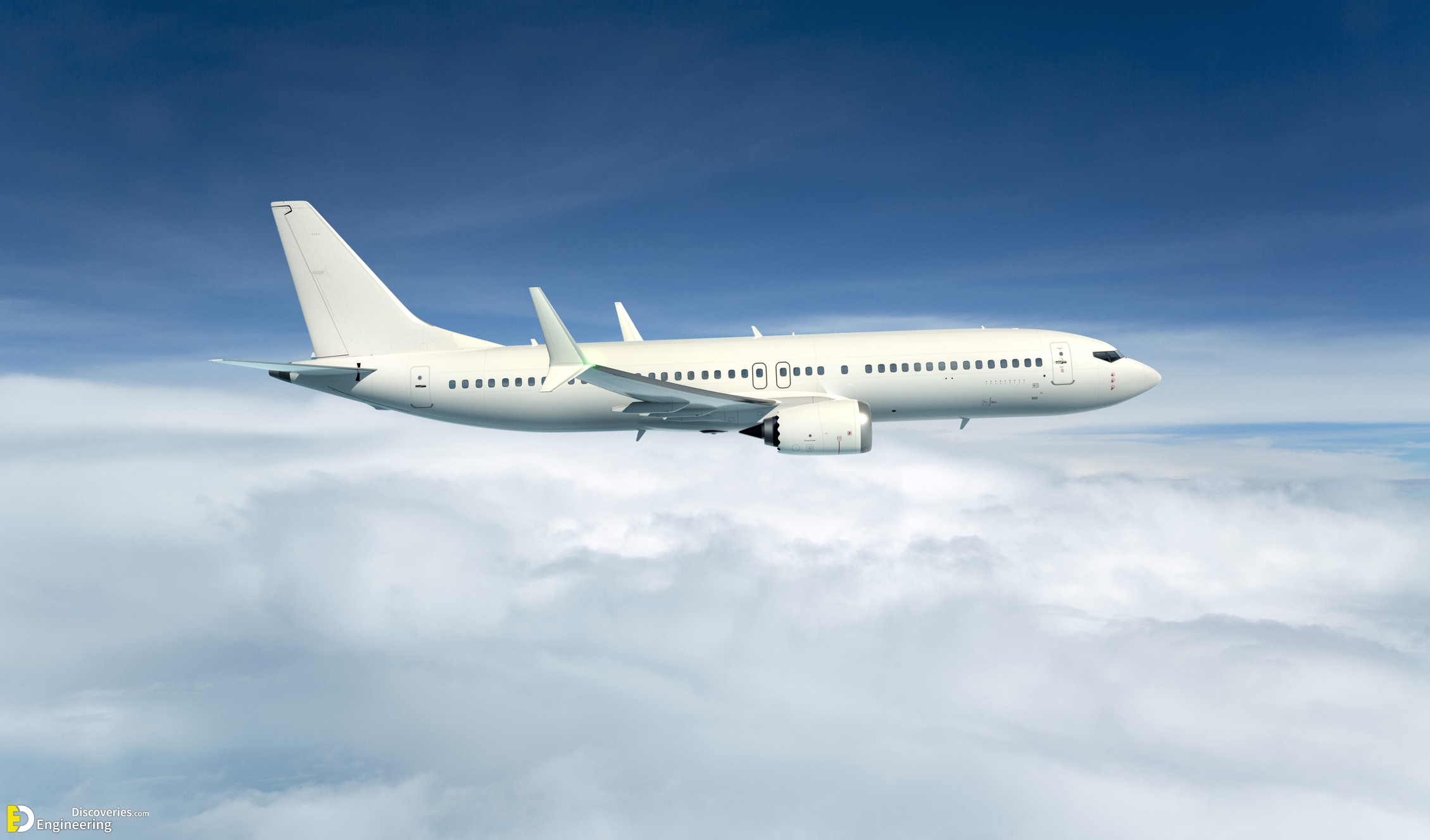Generally, only civilian air-planes fly at altitudes ranging from thirty to forty thousand feet. Fighters fly at altitudes greater than 35,000 feet(10,668m) or 40,000feet(12,192m). Most civilian air-planes are, obviously heavy and bulk bodies. So, the need a great amount of thurst to keep them airborne. Their engines work proficiently if the force opposing their thrust namely, drag is less. The layers and altitude of the atmosphere highly influence the amount of drag acting on the wing surface.
As we go up in altitude, the thickness of air decreases. The first and foremost layer, the troposphere is the thickest. It contains approximately 80% of the mass of the atmosphere of the Earth. The troposphere is denser than all its overlying atmospheric layers because a larger atmospheric weight sits on top of the troposphere and causes it to be most severely compressed. The drag induced on a wing’s surface is directly proportional to the thickness of it’s surrounding air.
If the mighty planes continue to fly in the inner layers of troposphere,
1- The drag on the plane’s body is very high,
2- The plane cannot achieve higher speeds or it’s cruising speed,
3- Fuel economy gets adversely affected and,
4- Time taken to reach the destination will be more.
So, as air at layers superior (outer or penultimate) to the troposphere is thin, the drag and friction between the air and the plane’s body are considerably less and hence, it can cruise smoothly at its specified speed thereby, saving time as well as giving the best fuel economy and saving money.
Click Here To See Why Planes Don’t Fly In A Straght Line On A Map



